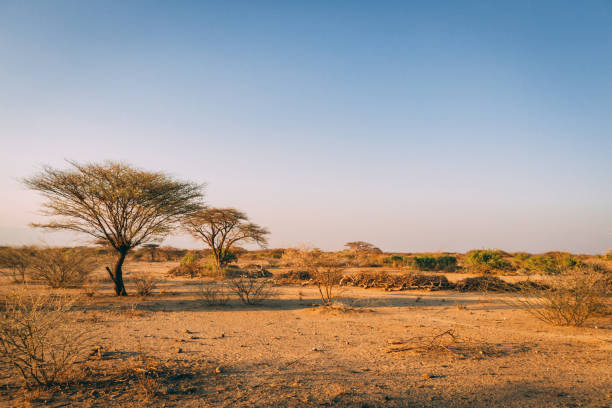Safari Tanzania Lodges Embrace Sustainable Design Trends

Across the northern and southern circuits, lodge owners investing in a premium safari Tanzania experience are increasingly turning to sustainable design. New camps are being built with lighter footprints, using local materials, renewable energy and waste-reduction systems. This shift is driven by traveller demand, rising operating costs and a growing recognition that long-term business success depends on protecting the ecosystems that attract visitors in the first place.
Light-Footprint Architecture Reduces Environmental Impact
Temporary or semi-permanent structures are becoming more common. Raised wooden decks, canvas walls and modular components allow camps to be removed or reconfigured with minimal scarring of the landscape. Many properties avoid concrete foundations where possible, ensuring soils, grasses and drainage patterns can recover if a site is ever decommissioned.
Designers also orient tents and communal areas to make use of natural shade and prevailing breezes. This reduces reliance on energy-hungry cooling systems and creates more comfortable spaces that feel integrated into the surrounding bush.
Energy, Water and Waste Management Go Off-Grid
Solar power now provides a growing share of electricity in remote camps. Panels charge batteries during the day, running lights, fridges and limited charging points overnight. Water is increasingly harvested, filtered and reused through greywater systems that irrigate trees and landscaping. Composting and careful waste separation help reduce what must be transported back to towns.
Many of these lodges coordinate logistics through hubs and supply routes mapped around Arusha and reference points like exclusive safari Tanzania departure areas. Efficient planning minimises fuel consumption and cuts the number of supply runs needed each season.
Local Materials and Crafts Strengthen Community Links
Sustainable design is not only about technology; it is also about people. Lodges increasingly source furniture, textiles and decorative elements from local artisans. Handwoven baskets, carved wooden stools and locally dyed fabrics give interiors a distinctly Tanzanian character while supporting small businesses.
Construction projects employ nearby residents, passing on skills in carpentry, masonry and renewable-energy installation. This inclusion helps communities feel invested in the success of conservation areas, as tourism becomes a direct source of employment and pride.
Travellers Respond to Visible Environmental Efforts

Guests are quick to notice solar panels on roofs, refillable water stations and clear recycling systems. Many say these details positively influence their perception of a safari Tanzania operator, especially when staff take time to explain how systems work. Simple measures—such as limiting single-use plastics and offering reusable bottles—have become baseline expectations in much of the industry.
Global conversations about responsible travel highlight these same themes. As visitors become more environmentally aware, they are more likely to reward lodges whose design choices align with their values, and to question those that lag behind.
Conclusion
The move toward sustainable design in safari Tanzania lodges represents more than a trend; it is a necessary adjustment to a changing world. By adopting lighter structures, renewable energy and community-driven aesthetics, camps can reduce their ecological footprint while offering guests richer, more authentic experiences. For Tanzania, each eco-conscious design choice made today helps ensure that future generations of travellers will still find thriving wildlife, clear skies and unspoiled horizons waiting beyond the campfire.
The East African Safari and Touring
Address: 00001
Kiranyi Village, Sakina, Arusha, Tanzania
Contact No.: +255 687 723
488
Location MAP: https://maps.app.goo.gl/2cGWCvDroJR4Hv9K6
Comments
Post a Comment